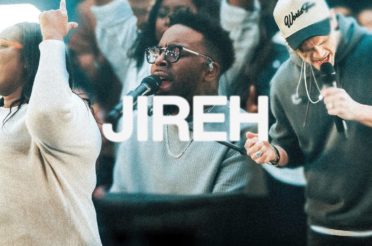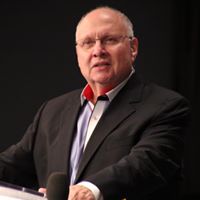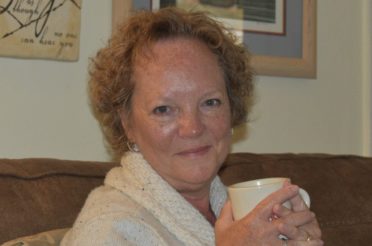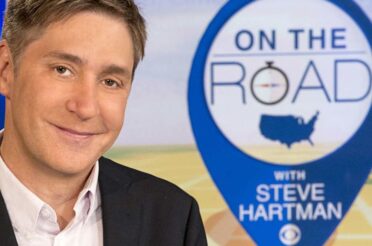By David Freeze
Things are much different with races these days from when I began running in 1979. 5Ks are all the rage now and there are lots of choices within an hour’s drive. Forty-five years ago, we often drove 2 or more hours to find a race and 8K, 10K and 10 milers were popular. The 5K was usually the secondary race if it was even offered. Walkers seldom participated then, but last week’s 5K at Concordia Lutheran Church Love Thy Neighbor event had them as about a third of the field. Races were affordable nearly everywhere, but today’s pricing often tops $40-45. There were no participation medals then, but now the biggest city races nearly all have them. But good races had accurate courses and they still should.
In the ’80s and early in the ’90s, we didn’t have as many ways to measure the distance of the race or a run of any length. The best way to get an idea of the distance was to drive the course and hope the vehicle odometer was calibrated correctly. Nobody had satellite-capable watches like the industry standard Garmins that arrived on the scene in the late ’90s and early 2000s.
I believe that these Garmins are the best satellite watches on the market, but still they are not totally accurate. Neither are popular sites like MapMyRun and Strava. It is very common for a new race to call with the idea of already having their course mapped out. Or that they have drawn it on GIS. None of these methods are recognized as accurate by the Road Runners Club of America or the United States Association of Track and Field. All this will come as a shock to a large percentage of runners, and at least one race director in a nearby county who still drives his car over the course for a measurement.
So, how do we get an accurately measured course? It starts with a solid wheel on a handle, one that can be rolled along ahead of someone walking the course. Called wheel measurers, they measure feet and inches. The wheel is solid, not air inflated. This wheel or a Jones Counter, a bicycle mounted measurer, are all that are recognized as accurate. With the Jones Counter, the bicycle tires have to be calibrated for air pressure. No wonder the measuring wheel is the easiest to use device.
When setting up a course, either the start or finish point have to be chosen by the race director as most important. The 5K course can be measured forward or backward, and I usually measure forward if the start line is the most important while going backward if the finish is most important. By measuring backward, I would measure the .1 of the 3.1 total course first and then measure the third mile next, then 2 and 1. Each mile is 5,280 feet. That figure never changes. A tenth is 528 feet. A 5K course is 16,368 feet. Each of these points are marked with paint and occasionally with an old-style bottle cap secured with a nail driven into pavement.
Next most important to the actual distance is that the course be measured the way an experienced runner would run it. In other words, to match the shortest distance possible over the designated course. This term is called “running the tangents.” Legal, proper and expected.
There is a certain amount of math that complicates an intended course when it is not an out and back to a point that includes both the start and finish. A few of our local courses end several hundred feet from the start. Sometimes a turnaround point has to be calculated, and always should be marked and designated with a big cone or barrel. It gets to be even more interesting when different roads, called a loop, are used to return to the start or finish.
The next time you line up to walk or run a 5K or any distance race, remember that someone put a lot of effort into making the course accurate. Rowan County courses have a great reputation on this subject.
Look for future events at www.salisburyrowanrunners.org







